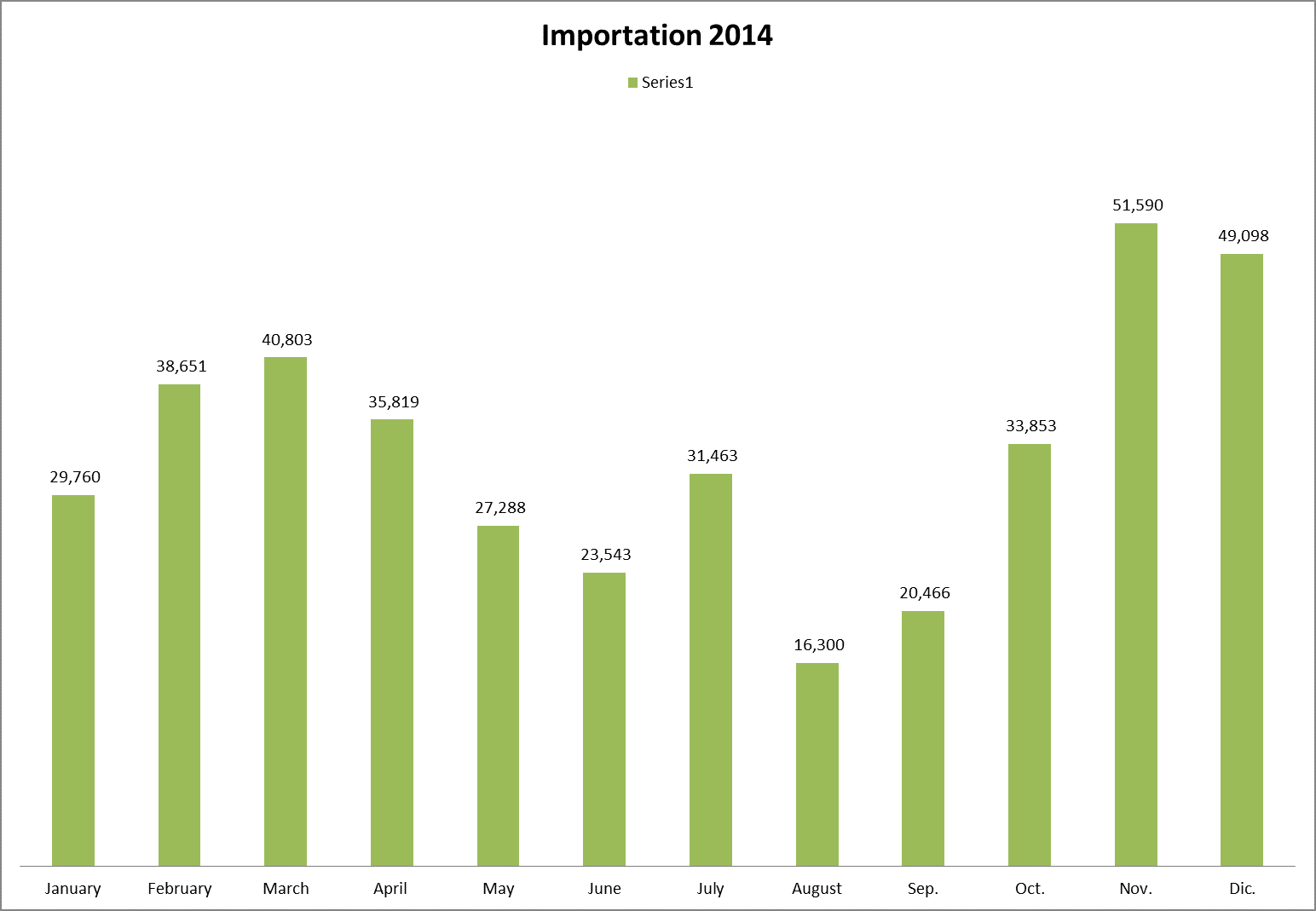Santa Teresa
Modern! Convenient! Fast!
The Santa Teresa Port of Entry is located 42 miles south of New Mexico’s second largest city, Las Cruces, and 20 minutes from historic downtown El Paso, Texas. From the POE, Interstate 10 is an easy 12 miles down the modern Pete Domenici Highway, the newest borderland multi-lane transportation link.
With little congestion and short lines, Santa Teresa, via its sister port Jeronimo is the premier driving route to southern Cd. Juarez, Cd. Chihuahua, and further into the interior of Mexico. Mexican travelers increasingly discover this port provides convenient and rapid access to New Mexico and the western United States.
Available Services at Santa Teresa:
- Pedestrian Traffic
- Mexican Immigration Services
- U.S. Immigration Services
- Non-Commercial Traffic
- Commercial Traffic
- Livestock
- Customs Brokers
Open daily for commercial, non-commercial, and pedestrian traffic, Santa Teresa is the newest port of entry on the US/Mexico border. The state-of-the art facilities were completed in 1997, replacing the original port, which opened in 1992.
Hundreds of thousands of cattle cross each year making the port host to the largest livestock import/export facility on the Mexican border.
In addition, Customs and Border Protection officers from Santa Teresa process international aircraft operations at the nearby county airport and oversee the Doña Ana County Foreign Trade Zone at the Santa Teresa Industrial Park.
Traveling to Mexico
Southbound travelers on I 10 take Exit 8, and proceed westward on Artcraft Road. Crossing the New Mexico state line, the road becomes the Pete Domenici Highway and continues on 12 miles to the Santa Teresa Port of Entry.
Traveling to the United States
In Mexico, the port is easily accessed from Mexican Highway 2 extending westward from Cd. Juarez. Travelers from the interior of Mexico may reach Santa Teresa from Mexican Highway 45 using the new toll road that extends from Samalayuca towards the Santa Teresa Port
Livestock
New Mexico hosts the largest and most efficient livestock import and export facilities on the Mexican border. Almost a third of all cattle imported each year from Mexico are processed at New Mexico ports. This year approximately three hundred thousand head of cattle will pass through the Santa Teresa and Columbus facilities.
Most cattle are feeder stock destined for pasture and feedlots in Texas, New Mexico, Arizona, California, and the Midwestern states. Even though most originate in Chihuahua, there is an increasing import trend from throughout Mexico. Horses and other livestock are also processed at New Mexico ports.
New Mexico livestock facilities offer practical and economic advantages over other border crossings. Livestock are penned and processed at the border, then walked into the US, saving time and transportation costs while minimizing weight loss. Elsewhere, livestock must be trucked between processing facilities on each side of the border increasing costs and adding stress to the animals.
First opened in 1991 and spanning the border approximately one mile east of the international port of entries, the Santa Teresa/Jeronimo livestock facilities are the most modern on the US/Mexico border with the capacity to process 5,000 livestock per day. At Columbus/Palomas port of entry, smaller facilities cater to the livestock producers of northwestern Mexico.
Union Ganadera Regional de Chihuahua operates both sides of the Santa Teresa/Jeronimo facilities as well as the Mexican facilities at Columbus/Palomas. The union is a cooperative comprised of livestock producers throughout Chihuahua and is well known throughout Mexico for its progressive marketing and processing initiatives. For more information go to Union Ganadera Regional de Chihuahua (in Spanish )
Procedures and Contacts for Livestock Crossings
Livestock imports and exports involve several Mexican and U.S. inspection agencies including:
- Customs and Border Protection
- Aduana Mexico
- U.S. Department of Agriculture
- U.S. Food and Drug Administration
- Mexican Secretaria de Agricultura, Livestock, Rural Development, and Fish (SAGARPA)
- New Mexico Livestock Board.
Customs brokers can provide valuable assistance in dealing with all the involved agencies. For additional information, in English and Spanish, concerning facilities, regulations, and procedures call the Union Ganadera Regional de Chihuahua at (505) 589-1620.
Livestock Trade Assistance
The New Mexico Department of Agriculture has a very successful marketing program for the export of breeding stock and other quality. For more information concerning the export program, contact Mr. David Lucero, Division Director with New Mexico state’s Department of Agriculture, Marketing and Development Division, at the following phone number: Office – (575) 646-4929, Fax – (575) 646-3303.
Heads of Cattle Coming Into the United States

